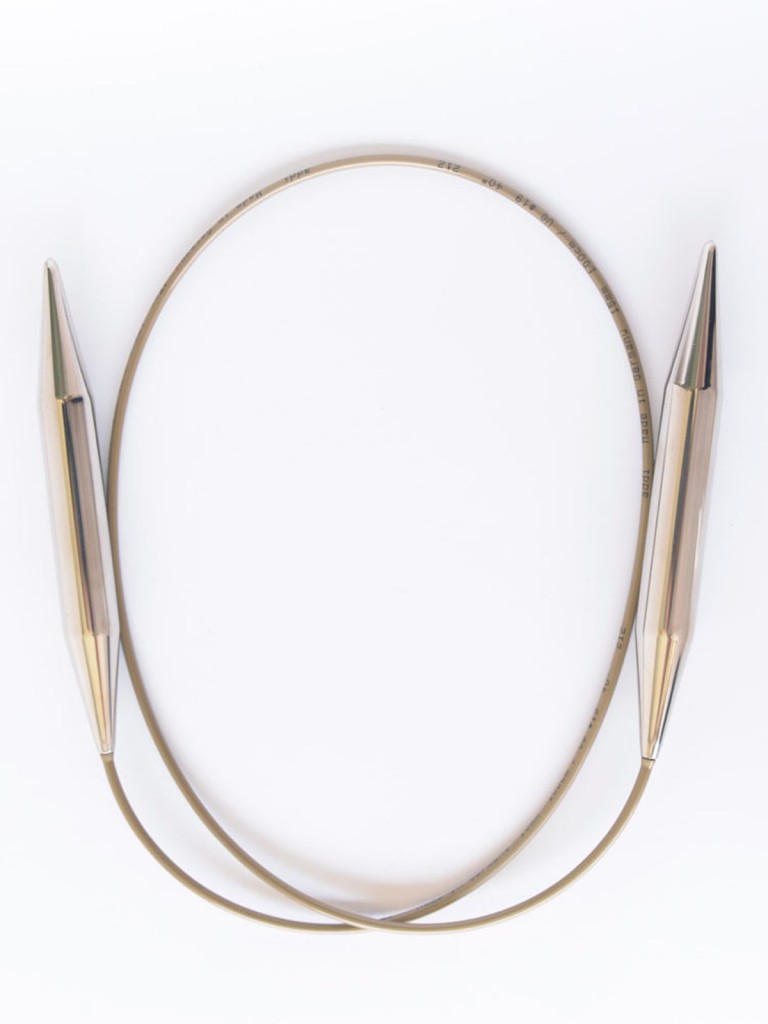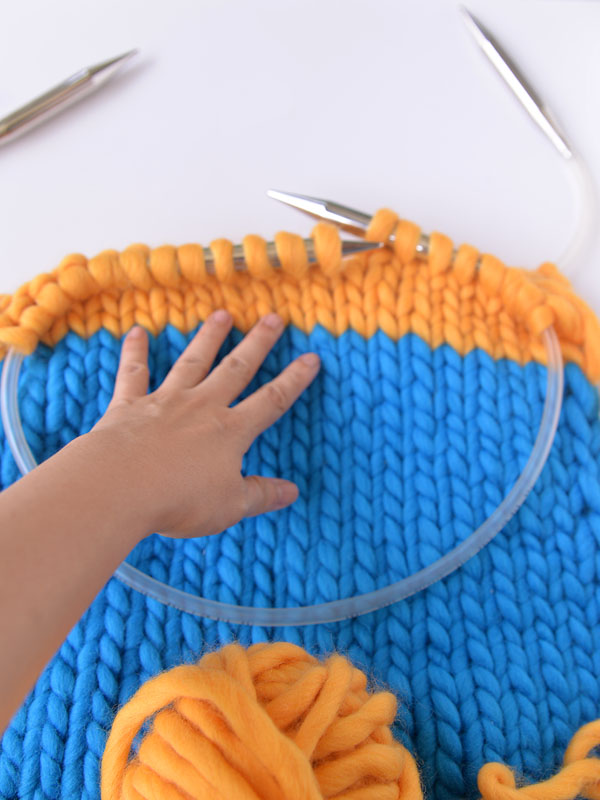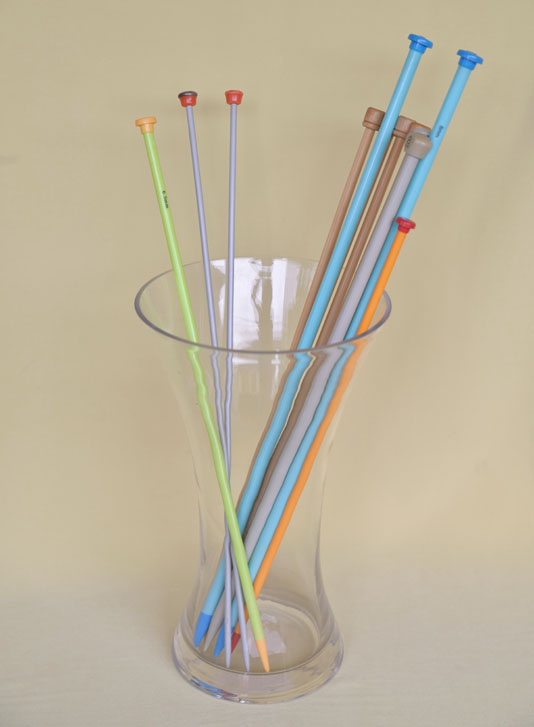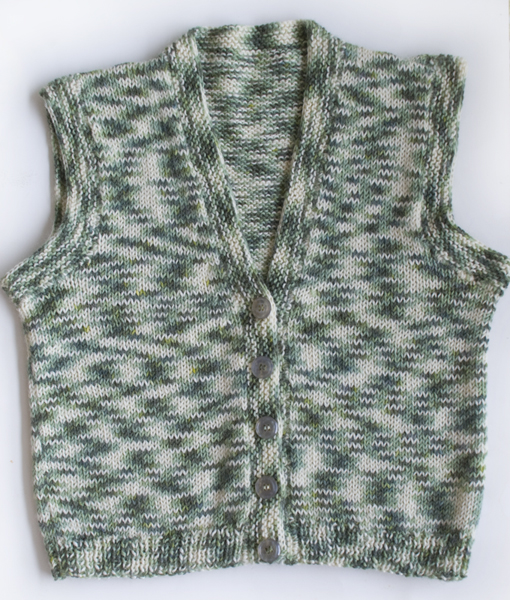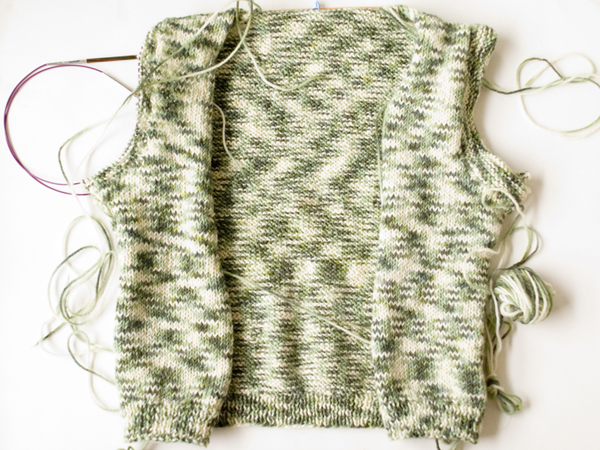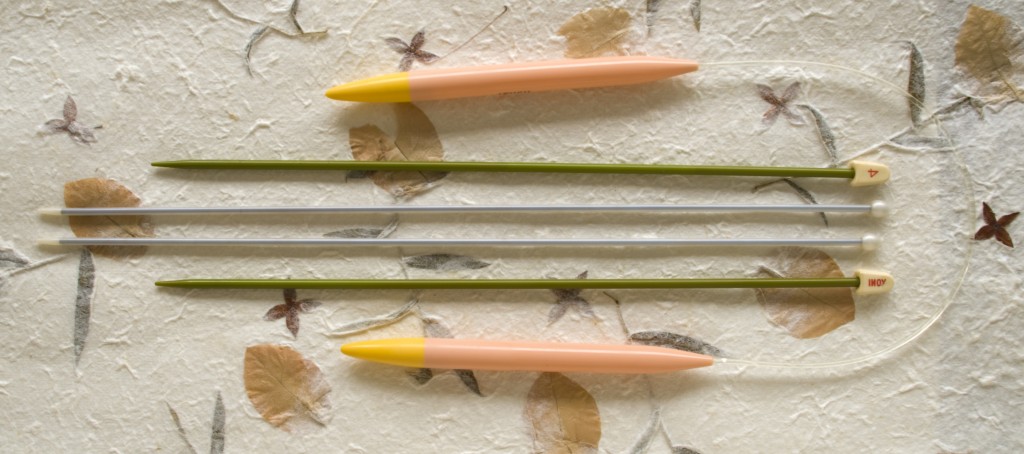Do you wash your newly knitted item before you wear them?
I know I do! I hand wash my knitted items immediately after I complete them before I store them. This way they are ready to wear. But the real reason is hygiene, as many little accidents can happen that will soil your new project. The most common being spilt food and drink, dropping project or yarn on the floor. You know, the harder you try to keep your project clean while you are working on it, the worse it gets. Life happens. Instead of being completely obsessive and compulsive about it, I figured washing the garment after it is completed will fix all issues to do hygiene and general grubbiness.
It would never occur to me that this would be something I would ever think about until I knitted a gift for a friend and debated whether to wash the socks I had knitted for her before I gave them to her. You see, my friend believes that when you buy or receive something brand new, you must wear it before you wash it. You see, washing it would render it not new anymore. Consequently you will be doomed to an eternity of not having any new clothes to wear.
Well this depends on how you define “new”. It would follow that she defines new clothes as new if they have not been washed. So it would be true according to her philosophy that if you wash your clothes before you wear them, they are no longer new. This means you would wearing new clothes because they have have washed. I can live with that. Hygiene and logic outweighs any superstition and folk beliefs for me. Most clothing and department stores would agree with my friend – unwashed = new, because you cannot return clothes that have been washed. Luckily for me, I define new clothes as clothes that I have not worn before even if they have been washed. Ultimately I decided to wash the item before I gave it to her and just not say anything about it.
This dilemma piqued my curiosity I researched this topic of washing clothes which lead to some interesting conclusions. Here are some reasons why you should wash new hand knitted garments and clothes before you wear them.
Food and drink
During the knitting process my projects sometimes go through some serious roughing up before they are complete and sometimes get a little soiled. For example, I knitted a yellow top in silk during a concert at Fort Canning Park (in Singapore) while enjoying a picnic. Needless to say I spilt some tea on it as I was not careful. This stain remained on the top until it was washed upon completion. With some Vanish (stain remover) the stain was banished from the top.
Maybe not such a good idea to knit and eat at the same time!
Project and yarn drop on the floor
I have dropped my project and yarn on the floor many times, even if I am careful. You can always leave the yarn in the bag or buy a small bag to house the yarn while it is being knitted, but I find that I like to unwind the yarn from the ball while I am knitting, so there is a good chance that it will drop onto the floor. You never know how clean the floor is, especially in a public place where people wear shoes and tread on all sorts of things.
Sweaty palms and other body fluids
Fortunately I do not have sweaty hands. However some people do. There is no way to avoid sweat transfer to your project unless you are wearing gloves. This is encroaching on OCD! Knitters may also unconsciously touch their hair, faces or noses (yes and other places!) before they knit or during knitting. Sounds terribly gross, but I am sure it happens.
Not washing hands
Even in this day and age with soap available free at almost all bathrooms and public toilets, 1 in 3 people do not use soap when washing their hands and 1 in 10 do not wash their hands at all after using the toilet. Eww! Also it seems that you need to wash your hands for like 15 seconds with soap and there was another article that showed that most people do not wash their hands correctly even if they use soap.
How many people do you know who wash their hands before they knit? I know I do not. But I have met someone who washed their hands before knitting because they had sweaty palms and she was knitting a cream coloured project. She unpicked a section and reworked section was slightly darker than the other parts. But this was fixed after she washed the project upon completion.
Smoking
Some people who knit are smokers and some people are sensitive to the smell of cigarettes. The smoke can be absorbed into the fibres of the project either from the smoke or hands of the knitter. Washing gets rid of this.
Trying on garment
You do not know how many people have tried on the item even if it was knitted specifically for you. I do try on the completed garment for size before I send it to the wash. Its just to make sure that it fits perfectly and does not need to be reworked.
You also do not know how many people touch the project before it gets to you. Some people cannot just see with their eyes, but must feel it with their hands too. Oh dear, I know I am one of them.
Chemicals from the yarn
Many chemicals are used in the manufacture of yarn. From dyes, to other chemcials like formaldehyde. I do not think that yarn is washed after it is dyed or treated. These are mostly to be present even after they are packed and ready for sale. These chemicals will probably not make you completely sick unless you are very sensitive to the the chemicalks used. It would still be a good idea to have less not naturally chemicals in direct contact wth your skin. Apparently this kind of
Yarn storage
Yarn once manufactured it is packed into distributor packs – 10 balls in each bag. They are stored in a warehouse somewhere before they are sold to the retailer. Before they get to you, it is likely that they would have been stored in more than one warehouse. You never know exactly who or what touches or visits the yarn in the various warehouses you buy before you get them!
Secret benefit of washing completed projects
This little secret is something that I have noticed and used to my advantage. Washing knitted items seems to magically even out stitches. That’s right! It works for all types of knitted projects. So if you are new to knitting and the stitches appear to be slightly uneven, washing it will improve it. It works better on wool and acrylic fibres. For stiffer fibers with less give like silk, cotton and bamboo, the effect isn’t as significant, I think its still worth the effort to wash them before you use them or give them away.
Conclusion
It is probably unlikely that you will get a fungal or bacterial infection from not washing new clothes or completed knitting projects, unless your immune system is compromised. What is more significant are the chemicals that are used in the manufacturing and treatment of yarn and fabrics. These can irritate sensitive skin and cause other problems. More so in children. So its a good idea to wash all new clothes including the hand knitted ones.
Some articles I read for this blog
People don’t wash their hands right – http://www.businessinsider.com/people-dont-wash-their-hands-right-2013-6
Why you should wash your clothes before wearing them – http://voices.yahoo.com/why-wash-clothes-wearing-them-5247527.html?cat=5
How many hands handle a shirt before it goes in the bag
http://news.yahoo.com/mom-abandoned-daughter-now-wont-leave-her-alone-073922321.html
Should You Wash New Clothes? – They Could Be Laced with Formaldehyde – http://voices.yahoo.com/should-wash-clothes-they-could-laced-with-328426.html?cat=5



